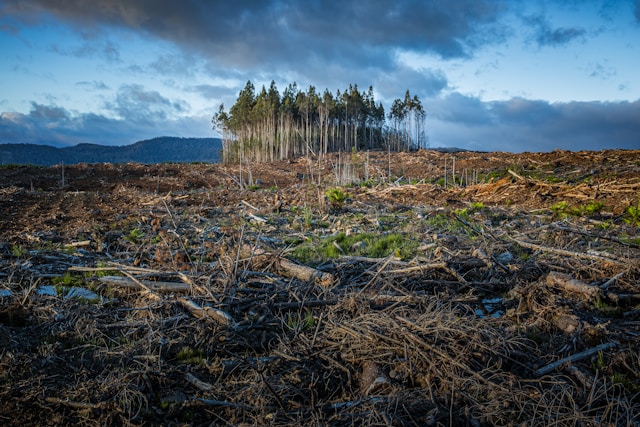Climate change is one of the most pressing challenges of our time. Rising global temperatures, extreme weather patterns, melting glaciers, and biodiversity loss are clear indicators that urgent action is needed. Governments, organizations, and communities around the world are working toward solutions, but one of the most promising allies in this fight is technology specifically artificial intelligence. With its ability to process vast amounts of data, identify patterns, and optimize systems, AI is increasingly being applied to environmental challenges. This raises an important question: can AI help solve climate change?
How AI is Used in Climate Change Solutions
Artificial intelligence has proven to be a powerful tool in tackling complex global problems, and climate change is no exception. AI and climate change intersect in several impactful ways:
-
Climate modeling and prediction: Machine learning algorithms are helping scientists create more accurate climate models, predicting long-term changes in temperature, sea levels, and extreme weather.
-
Environmental monitoring: AI systems analyze satellite imagery to detect deforestation, measure emissions, and monitor air quality in real-time. This data is vital for policymakers and organizations trying to enforce sustainability measures.
-
Renewable energy optimization: AI in renewable energy plays a major role in managing power grids. Smart grids powered by AI can balance electricity supply and demand, making wind and solar energy more efficient and reliable.
-
Sustainable agriculture: AI-driven solutions are improving crop yields, monitoring soil health, and reducing water waste. By making agriculture more efficient, AI helps reduce the carbon footprint of food production.
Real-World Examples of AI in Action
Several major companies and organizations have already begun implementing AI climate solutions on a large scale:
-
Google has used AI to improve the energy efficiency of its data centers, reducing cooling costs by up to 40%.
-
Microsoft’s AI for Earth program supports projects that use artificial intelligence for sustainability, including biodiversity monitoring and land mapping.
-
IBM’s Green Horizon project leverages AI to forecast pollution and help cities design smarter strategies for reducing emissions.
-
Startups are also entering the space, using AI to track carbon emissions, reduce waste in supply chains, and optimize renewable energy systems.
These examples show that AI is not just a theoretical tool it is already making a measurable impact.
Benefits of AI in Fighting Climate Change
The integration of artificial intelligence for sustainability brings several key benefits:
-
Data-driven insights: AI can analyze massive datasets faster and more accurately than humans, leading to better climate research and solutions.
-
Energy efficiency: From smart homes to large industries, AI helps reduce energy waste, directly lowering carbon emissions.
-
Resource management: By optimizing how resources are used whether in farming, manufacturing, or transportation AI reduces unnecessary consumption and waste.
-
Carbon footprint reduction: Businesses and individuals can use AI-powered tools to track and minimize their environmental impact.
Challenges and Limitations
While AI in climate solutions offers incredible potential, there are important challenges to address:
-
Energy consumption: Large AI models require significant computing power, which in turn consumes energy. This raises concerns about the environmental impact of developing AI itself.
-
Data and ethics: AI systems rely heavily on data collection, which raises questions around privacy, security, and responsible use.
-
Global cooperation: AI alone cannot solve climate change. For meaningful results, governments, industries, and citizens must collaborate and adopt sustainable practices.
The Future of AI in Climate Action
Looking ahead, the role of AI in addressing climate change is expected to expand. Emerging technologies such as AI combined with the Internet of Things (IoT) will allow for advanced environmental monitoring. For example, smart sensors connected to AI systems could track pollution, water usage, and energy efficiency in real-time, offering actionable insights instantly.
AI will also play a role in climate policy and decision-making. By analyzing economic, environmental, and social data, AI can help governments design better sustainability strategies. Additionally, breakthroughs in renewable energy management such as predicting fluctuations in solar or wind power—will depend heavily on AI-powered smart grids.
Conclusion
Artificial intelligence is not a magic solution to climate change, but it is a powerful ally. From improving climate research and monitoring to optimizing renewable energy and agriculture, AI climate solutions are already proving effective. At the same time, it is essential to ensure that the use of AI is sustainable, ethical, and globally accessible.
Can AI help solve climate change? The answer is yes—if it is used wisely, collaboratively, and alongside human innovation and responsibility. By integrating AI into sustainability efforts, we can accelerate progress toward a cleaner, greener, and more resilient future.

